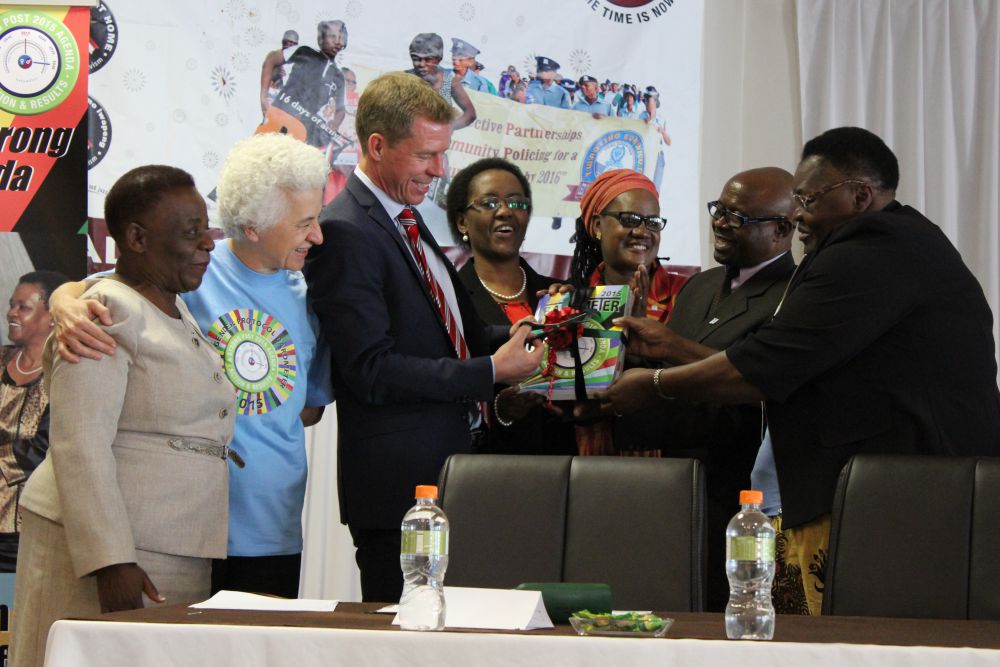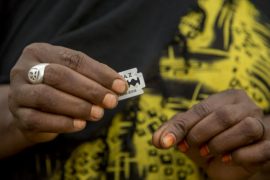Gender equality has recently been viewed as not just a phenomenon, but a reality that all have to embrace if countries are to achieve international, continental, regional and sustainable development.
This idea put forward by Botswana’s Speaker of the National Assembly, Ms Gladys Kokorwe who was speaking at the SADC ministers of gender and women’s affairs meeting, formed topic of discussion.
SADC member states had in 2008 signed and adopted the SADC Protocol on Gender and Development, and instrument that currently guided national policies and programmes.
She indicated that according to the 2015 SADC Gender Protocol Barometer, some notable progress had been made in attainment of the 28 targets of the protocol.
The protocol also showed positive progress over the past five years with the most in HIV and AIDS sector which gained seven per cent points from 47 per cent in 2011 to 54 per cent in 2015.
That, Ms Kokorwe said reflected commitment in reducing new HIV and AIDS infections, including Prevention of Mother to Child Transmission (PMTCT), while sexual and reproductive health and reproductive rights also improved by five per cent points, with improvement in maternal and mortality and contraceptive usage.
Economic justice also improved by four per cent points owing to more women engaged in business and the workplace.
Other achievements included adoption of legislated quotas for women in Parliament and Local Government in Mauritius, Namibia and Zimbabwe.
However, Ms Kokorwe noted that though countries had registered significant progress, they still had challenges particularly in areas such as child marriages, abortion, sex work and marital rape, women’s representation in political leadership, and teenage pregnancy, among others.
Thus, she said such challenges required high levels of commitment and resilience by all member states.




